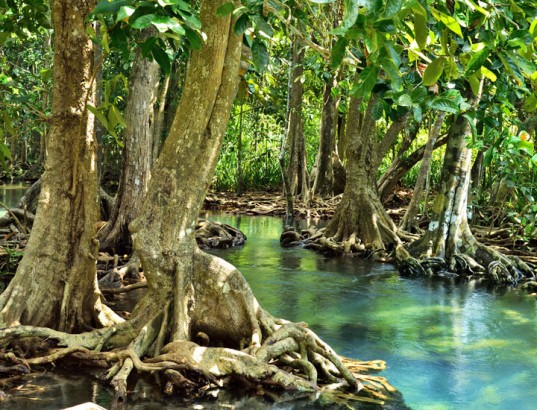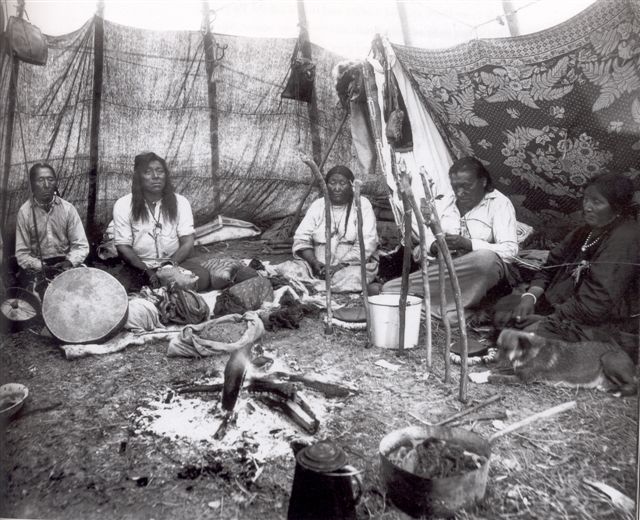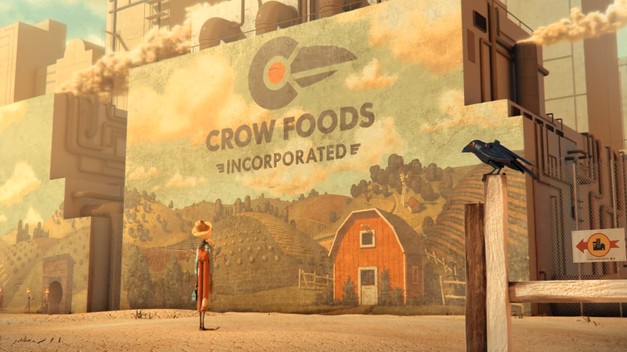All You Can't Eat Shrimp
 November 22
November 22  I first sampled shrimp at the Lawrence, Kansas country club, where I was a guest of my sophisticated girlfriend's parents. On the buffet was a huge bowl of chilled peel and eat shrimp, which seemed to be the most luxurious food I'd ever seen. I had to ask my hosts how to peel them. Years later, I saw my first shrimp farm on the coast of Ecuador. It was an innoccuous collection of pools that had been carved out of a swampy mangrove forest -- cheap land with easy access to the right water for raising shrimp. Few people seemed to care much about mangroves, even though they were well-known to be essential breeding grounds for fish, rays and other creatures, and also served as great storm barriers. These forests were bristly and rugged, and everyone liked the money the shrimp brought in. Later that evening I ate arroz con camarones, a delicious dish with rice and shrimp, and I marveled at how inexpensive the meal was. In subsequent years I noticed an ubuiquity of shrimp in my American life. Cheap restaurants served it with impunity. It became the go to downmarket luxury protein. Whenever I saw a box of frozen shrimp labeled "Product of El Salvador" or "Product of Ecuador" I thought of those denuded mangrove swamps along the coasts. I began to buy only wild shrimp, when I could. But the mangrove forests, which are pretty repetitive, impenatrable, and unsexy, as far as forests go, continued to disappear. For instance, the Philippines, where nearly 1 million acres of mangrove forests have been stripped from the coastlines of that country's many islands. That's 4/5 of all the mangrove forests that once ringed the archipelago. It's not just shrimp farms, either. Around the world, everything from coal plants to luxury hotels has taken the place of mangrove swamps. This video explains why that is a problem.
I first sampled shrimp at the Lawrence, Kansas country club, where I was a guest of my sophisticated girlfriend's parents. On the buffet was a huge bowl of chilled peel and eat shrimp, which seemed to be the most luxurious food I'd ever seen. I had to ask my hosts how to peel them. Years later, I saw my first shrimp farm on the coast of Ecuador. It was an innoccuous collection of pools that had been carved out of a swampy mangrove forest -- cheap land with easy access to the right water for raising shrimp. Few people seemed to care much about mangroves, even though they were well-known to be essential breeding grounds for fish, rays and other creatures, and also served as great storm barriers. These forests were bristly and rugged, and everyone liked the money the shrimp brought in. Later that evening I ate arroz con camarones, a delicious dish with rice and shrimp, and I marveled at how inexpensive the meal was. In subsequent years I noticed an ubuiquity of shrimp in my American life. Cheap restaurants served it with impunity. It became the go to downmarket luxury protein. Whenever I saw a box of frozen shrimp labeled "Product of El Salvador" or "Product of Ecuador" I thought of those denuded mangrove swamps along the coasts. I began to buy only wild shrimp, when I could. But the mangrove forests, which are pretty repetitive, impenatrable, and unsexy, as far as forests go, continued to disappear. For instance, the Philippines, where nearly 1 million acres of mangrove forests have been stripped from the coastlines of that country's many islands. That's 4/5 of all the mangrove forests that once ringed the archipelago. It's not just shrimp farms, either. Around the world, everything from coal plants to luxury hotels has taken the place of mangrove swamps. This video explains why that is a problem.
Notice how the mangroves absorb the shock of the waves. Surely, the people on the top floor of the rooming house in the video below would have appreciated mangos more than shrimp stir fry a few weeks ago when the typhoon hit.
Smart people are coming with all sorts of engineered, concrete and steel strategies for dealing with rising oceans and furious storms. Perhaps we should plant mangroves in tropical areas (and other flora elsewhere), rather than trying to hold the seas back with man-made barriers. The Philippines has announced plans to restore 94,000 acres of mangrove forests in Tacloban and places like it that where devastated by the recent typhoon. Similar efforts are underway in Vietnam. Curiously, many of these reforestation efforts are taking place on shrimp farms that have been abandoned by their owners as untenable. The Mangrove Action Project can tell you all about it. I wonder if Red Lobster would like to contribute?
 Post a Comment | |
Post a Comment | | 




